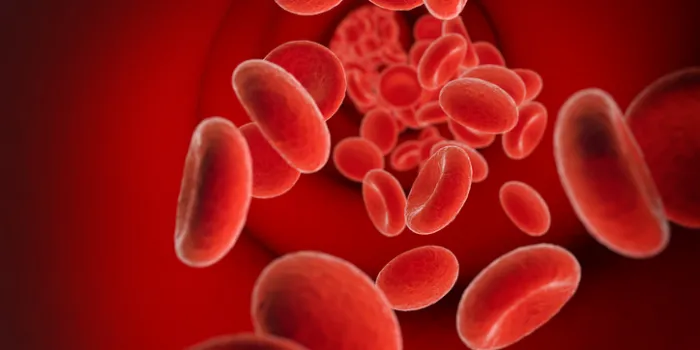The blood clotting process is a multistep activity known as coagulation. When the entire coagulation process works properly, blood holds firmly together at the site of an injury and bleeding stops. When you have a bleeding disorder, you’re unable to make strong clots quickly or at all.
How a Blood Clot Is Made
Blood is made up of many different cells—mostly red blood cells, white blood cells and platelets—as well as clotting factors. These and other elements float through blood vessels in a strawlike liquid called plasma.
The coagulation cascade is a complex chemical process that uses as many as 10 different proteins (called blood clotting factors or coagulation factors) that are found in plasma. Put simply, the clotting process changes blood from a liquid to a solid at the site of an injury. Here’s how the process works:
- Injury. A cut on the skin or an internal injury creates a small tear in a blood vessel wall, which causes blood flow.
- Vessel constriction. To control blood loss, the blood vessel immediately narrows (called constriction), which limits blood flow through the vessel.
- Platelet plug. In response to the injury, tiny cells in the blood called platelets are activated. The platelets stick to one another and to the wound site to form a plug. The protein von Willebrand factor (VWF) helps the platelets stick to each other and to the blood vessel wall.
- Fibrin clot. Next, blood clotting factors trigger production of fibrin, which is a strong, strandlike substance that surrounds the platelet plug and forms a fibrin clot, a meshlike net that keeps the plug firm and stable. Over the next several days to weeks, the clot strengthens and then dissolves as the wounded blood vessel wall heals.
What Happens When a Person Has a Bleeding Disorder?
Improper clotting can be caused by defects in blood components such as platelets and/or clotting proteins, also called clotting factors. The body produces 13 clotting factors. If any of them are defective or deficient, blood clotting is affected; a mild, moderate or severe bleeding disorder can result.
When a person has hemophilia, the blood vessel narrows and the platelets form a plug, but one of the clotting factor proteins essential to a firm fibrin clot is missing or damaged, so the clot is not made or is not strong enough to stop the bleeding. This is why someone with hemophilia bleeds for a longer period of time.
People with von Willebrand disease either don’t have enough of the VWF protein or the VWF protein doesn’t work properly. When they have a bleed, they’re not able to form a platelet plug.
In addition, VWF acts as a carrier protein for factor VIII (FVIII), one of the clotting factors in plasma. VWF helps ensure enough FVIII is in the blood and that it gets to where it’s needed. Without VWF, FVIII will be broken down in the bloodstream and there may not be enough of it to stop bleeding.

